The ROI of Fire Risk Assessments For Business
If You’re a business owner you will understand that every decision, investment, and strategy is scrutinised through the lens of its potential return on investment (ROI). Ensuring safety and compliance can actually yield tangible benefits for your bottom line.
Fire risk assessments, while primarily associated with safety protocols, play a pivotal role in safeguarding the financial health of businesses. Contrary to being perceived solely as a regulatory requirement, these assessments hold the potential to deliver substantial ROI by mitigating risks, minimizing losses, and enhancing operational efficiency.
At its core, the ROI of fire risk assessments lies in prevention. By proactively identifying fire hazards, evaluating potential risks, and implementing robust safety measures, businesses can significantly reduce the likelihood of fire-related incidents. This prevention not only protects employees, customers, and assets but also shields the business from the devastating financial repercussions of fire damage.
Consider the scenario of a retail store investing in a comprehensive fire risk assessment. Through meticulous evaluation, potential fire hazards such as faulty wiring, flammable materials storage, or inadequate emergency exits are identified and addressed.
By rectifying these issues and implementing preventive measures such as fire suppression systems and employee training, the store drastically reduces the risk of a fire. In the event of an unforeseen incident, these proactive measures not only limit property damage but also minimise business interruption, ensuring the continuity of your operations and preserving your revenue stream.
Furthermore, fire risk assessments contribute to enhanced insurance coverage and reduced premiums, further bolstering the ROI for businesses. Insurance providers often offer favorable terms to businesses that demonstrate robust fire safety measures, including regular risk assessments and compliance with safety standards. By investing in fire risk assessments, businesses can negotiate lower insurance premiums, thus directly impacting their bottom line and improving overall financial performance.
Beyond risk mitigation, fire risk assessments foster a culture of safety and responsibility within organisations, which in turn translates to improved employee morale, productivity, and retention. Employees who feel valued and safe in their work environment are more engaged, efficient, and loyal to their employers for example. This positive workplace culture not only enhances operational efficiency but also reduces costs associated with absenteeism, turnover, and training of new staff.
In industries where reputation and brand image are paramount, the implementation of robust fire safety measures through regular risk assessments can be a valuable differentiator. Businesses that prioritise safety and demonstrate commitment to protecting their stakeholders garner trust and confidence from customers, investors, and regulatory authorities. This enhanced reputation not only strengthens customer loyalty but also attracts new business opportunities and partnerships, further bolstering the ROI of fire risk assessments.
So fire risk assessments are not merely a regulatory obligation but a strategic investment with substantial ROI potential for businesses. By prioritising safety, mitigating risks, and fostering a culture of prevention, your businesses can protect its bottom line, enhance operational efficiency, and safeguard your most valuable assets. In today's competitive landscape, where unforeseen challenges can arise at any moment, investing in fire risk assessments is not just prudent—it's essential for long-term success and sustainability.
